The Internet of Things (IoT) has rapidly become an integral part of our lives, creating a connected world where devices communicate and collaborate to enhance our experiences. From simplifying everyday tasks to transforming entire industries, IoT’s reach extends across various categories, each with its own set of applications and benefits. This blog post will delve into the prominent IoT categories, highlighting their features and impacts.
1. Smart Homes: Enhancing Everyday Living
Overview: Smart home technology leverages IoT to make residential environments more intuitive and user-friendly. By connecting household devices, these systems offer enhanced convenience and efficiency.
Key Examples:
- Smart Thermostats: Devices like the Nest Learning Thermostat adjust home temperatures based on your habits, helping save on energy bills.
- Smart Lighting: Products such as Philips Hue allow for remote control of lighting and customization of settings, contributing to both aesthetics and energy savings.
- Home Security: Solutions including smart cameras, locks, and alarms provide real-time monitoring and control, enhancing home safety.
Impact:
- Improved Comfort: Automates routine tasks and adapts to user preferences.
- Energy Efficiency: Reduces energy consumption through intelligent control systems.
- Enhanced Security: Offers advanced monitoring capabilities, increasing home safety.
Smart homes exemplify how IoT can streamline and enrich daily living by making residential technology more responsive and intelligent.
2. Industrial IoT (IIoT): Transforming Manufacturing and Operations
Overview: Industrial IoT focuses on applying IoT technology within industrial environments to optimize operations and improve productivity. IIoT integrates sensors and data analytics into machinery and systems.
Key Examples:
- Predictive Maintenance: Uses IoT sensors to anticipate equipment failures, allowing for timely repairs and minimizing downtime.
- Automated Production: Incorporates robotics and data analysis to enhance manufacturing efficiency and product quality.
- Supply Chain Optimization: Utilizes real-time data to manage inventory and logistics more effectively.
Impact:
- Operational Efficiency: Increases productivity and reduces costs through automation and data-driven insights.
- Safety Improvements: Enhances worker and equipment safety by monitoring conditions and preventing accidents.
- Cost Reduction: Lowers maintenance and operational costs with predictive analytics and streamlined processes.
Industrial IoT showcases how advanced technologies can revolutionize manufacturing and operational processes, leading to significant gains in efficiency and safety.
3. Wearable Technology: Monitoring Health and Fitness
Overview: Wearable technology refers to IoT devices designed to track and manage personal health and fitness. These devices provide users with detailed insights into their physical well-being.
Key Examples:
- Fitness Trackers: Devices like Fitbit monitor activity levels, heart rate, and sleep patterns, helping users stay on top of their fitness goals.
- Smartwatches: Wearables such as the Apple Watch combine fitness tracking with notifications and apps for a comprehensive user experience.
- Health Monitors: Includes continuous glucose monitors and ECG devices that track specific health metrics and manage chronic conditions.
Impact:
- Health Monitoring: Provides valuable data for managing health and fitness routines.
- Convenience: Integrates various functions into a single wearable device.
- Informed Decisions: Supports better health management through real-time data and insights.
Wearable technology demonstrates how IoT can enhance personal health management by offering continuous, actionable data for individuals.
4. Smart Cities: Building Efficient Urban Environments
Overview: Smart cities leverage IoT to improve urban infrastructure and services. These technologies aim to create more efficient, livable, and sustainable urban spaces.
Key Examples:
- Intelligent Traffic Systems: Uses data from sensors and cameras to optimize traffic flow and reduce congestion.
- Smart Waste Management: Employs sensors to monitor waste levels and optimize collection schedules, reducing operational costs.
- Energy Management: Includes smart grids and meters that manage energy distribution and consumption more effectively.
Impact:
- Urban Efficiency: Enhances the management of city resources and services.
- Quality of Life: Improves living conditions through better infrastructure and services.
- Sustainability: Supports eco-friendly practices by optimizing resource use and reducing waste.
Smart cities illustrate the potential of IoT to address urban challenges and foster more sustainable and efficient living environments.
5. Agricultural IoT: Revolutionizing Farming Practices
Overview: Agricultural IoT, or smart farming, uses IoT technology to optimize farming practices and promote sustainability in agriculture.
Key Examples:
- Precision Farming: Implements sensors to monitor soil conditions, crop health, and weather, enabling more precise farming decisions.
- Automated Irrigation: Adjusts watering schedules based on real-time data, conserving water and enhancing crop yields.
- Livestock Tracking: Uses wearable devices to monitor the health and location of livestock, improving their management.
Impact:
- Increased Yields: Enhances crop and livestock management for better productivity.
- Resource Efficiency: Optimizes the use of water and nutrients, reducing waste.
- Sustainable Practices: Promotes environmentally friendly farming methods.
Agricultural IoT highlights how technology can drive efficiency and sustainability in farming, contributing to better food production and resource management.
Conclusion
The Internet of Things encompasses a variety of categories, each offering unique benefits and applications. From smart homes and industrial advancements to wearable tech, smart cities, and agricultural innovations, IoT is transforming multiple facets of our lives. By understanding these categories, we can better appreciate the profound impact of IoT and its potential to drive future advancements and improvements across various sectors. As IoT technology continues to evolve, its applications will expand, creating even more opportunities for innovation and efficiency.


